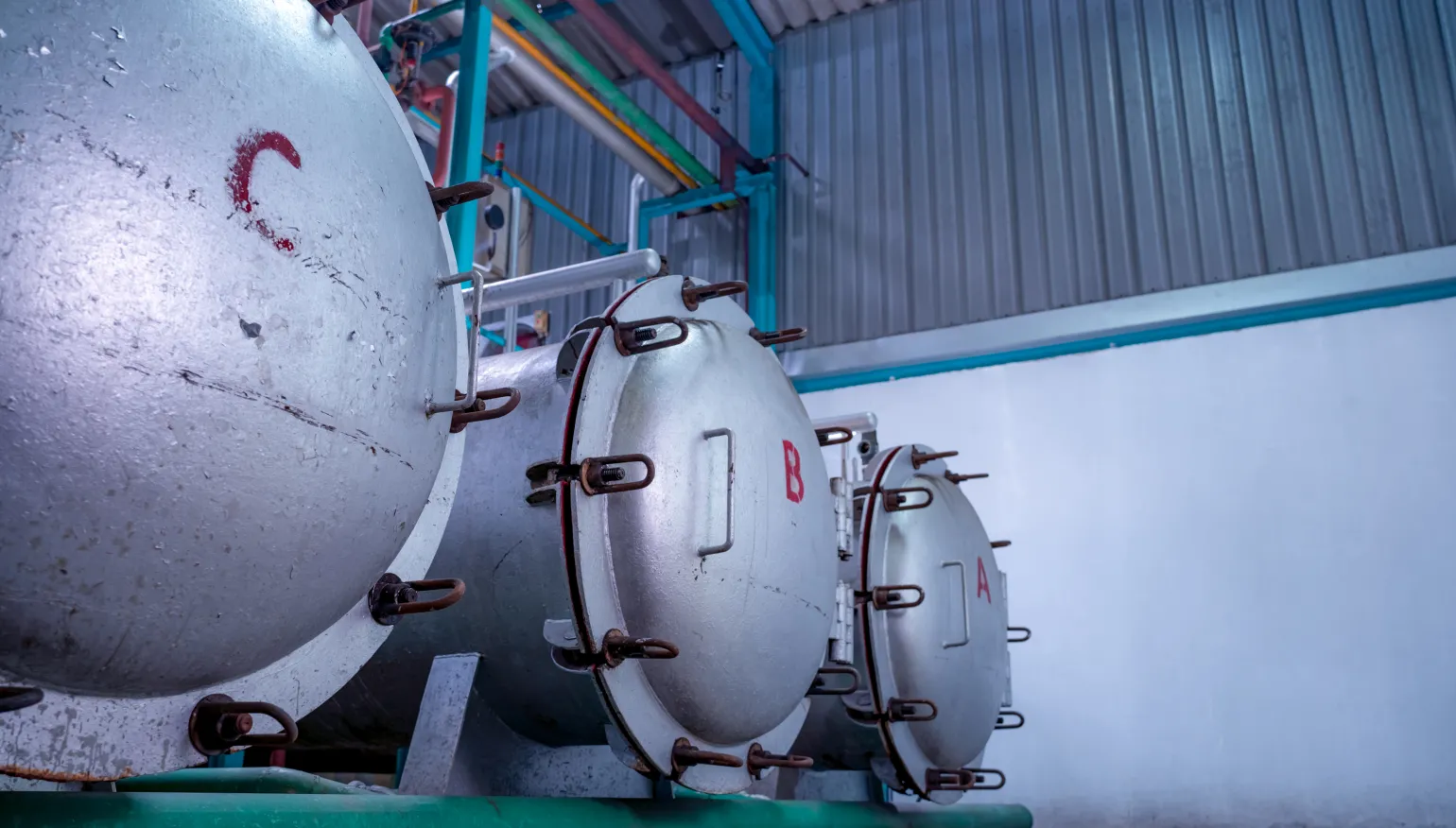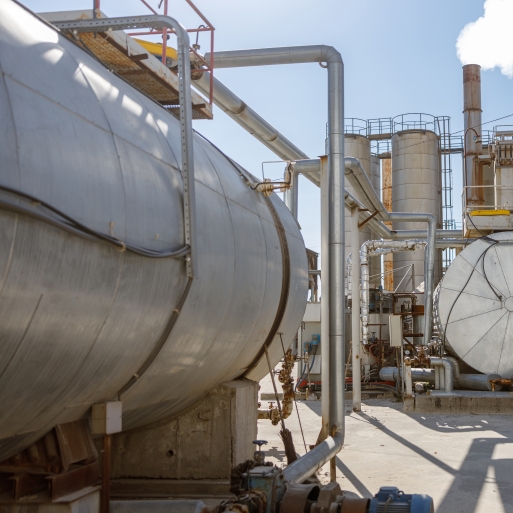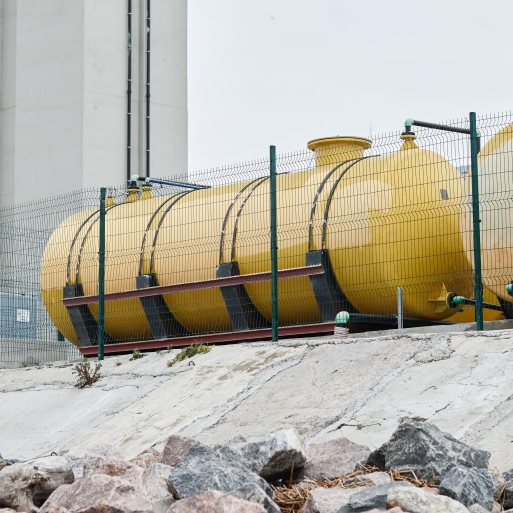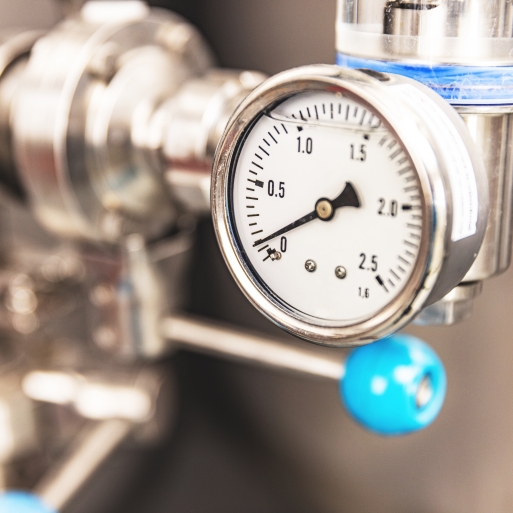Understanding the Mechanics of Boiler Pressure Valves

Knowing how your boiler and its various parts work can help you prevent expensive and disruptive problems, as you can spot potential issues early on. A vitally important component,the boiler pressure valve is a safety mechanism that releases pressure that builds up inside the boiler. Take a closer look at the mechanics of pressure relief valves for boilers and learn moreabout them below. Choose from standard-and non-standard-sized boiler and pressure vessel steel at Steel Plate & Sections online.
Also known as a pressure relief valve or PRV, a boiler pressure valve opens to release pressure, usually in the form of steam, when the system reaches a specific pressurisation level. The valve closes once the pressure has dropped to a safe level.
If this valve stops functioning properly, the pressure build-up could cause the boiler to shut off or rupture, leading to possible damage to property and to injury or death. Pressure relief valves for boilers are usually made from a variety of materials, such as aluminium, brass, plastic, and stainless steel
In addition to boilers, PRVs are used in a plethora of settings, from simple water heaters to the petrochemical and power generation industries
If you’ve been asking the question, “How does a boiler pressure valve work,” you might be surprised to learn that the answer depends on the type of valve you’re talking about. The most common type is the direct spring-loaded valve, which is comprised of a sensor piston, a spring, and a spring-loaded valve. We’ll list these in more detail below
The spring exerts enough force to keep the valve closed while pressure builds inside the boiler. When the force applied by the steam or hot water inside the boiler is greater than the force of the spring, the valve will open to release the built-up pressure.
As the pressure in the boiler reduces, it will no longer be able to hold the valve open. The boiler pressure valve will be fully closed when the pressure returns to a safe level
To recap in more detail, a boiler’s pressure relief valve’s main components include:
Whether intended for commercial or domestic use, most if not all modern boilers function with pressure relief valves. The most common boiler types that use boiler pressure valves include:
As you’ve probably gathered by now, pressure relief valves on boilers definitely have their advantages. However, there also are a few disadvantages that you need to be aware of. Let’s explore these
1. Compliance with regulations: Pressure relief valves are a standard safety mechanism that most industry regulations require to be fitted to boilers.
2. Enhanced safety: A boiler pressure valve’s primary function is as a safety mechanism designed to help protect people and property.
3. Improved equipment protection: These valves help prevent boilers and other equipment from being damaged by a sudden rise in pressure or by too much pressure building up within.
4. Saving money: A properly working pressure valve can prevent equipment failure that could lead to loss of business, or the expenses associated with a serious accident or flooding.
1. Blockages and leaks: Limescale and other debris can cause blockages that can prevent the valve from functioning properly. If the valve stops working properly and allows too much pressure to build up, the boiler will start to leak.
2. Corrosion: Corrosion associated with rust can cause a boiler pressure valve to fail, so valves should be inspected for rust regularly
3. High Pressure: If the valve fails, the boiler pressure could reach dangerous levels leading to leaking, unusual noises, malfunction, or rupture.
4. Quality issues: Pressure relief valves for boilers made from substandard materials usually offer poor functionality, so ensure you purchase boiler steel and parts from reputable suppliers
Yes, you do. The wrong size valve on your boiler could result in a major build - up of pressure, or it might not hold any pressure at all. Either way, it will affect your boiler’s functionality.
Most, if not all, modern regular, system, and combi boilers come with a pressure relief valve. If you are unsure, consult with your boiler manufacturer. Valves usually need to be replaced every four to five years.
It’s not unusual to see small amounts of water escape from your boiler pressure relief valve from time to time. However, a constant outflow of water or large amounts of water leaving the valve usually indicates a problem that a professional should investigate.
Most good quality boiler pressure valves last between three and five years. Valves should be inspected as part of yearly boiler maintenance.
Boiler pressure valves might be relatively small mechanisms, but they play a big role in keeping important equipment in working order and help prevent injury, damage, and disruption. Make quality a priority when looking for pressure relief valves for your boilers; choose Steel Plate & Sections as your supplier.


